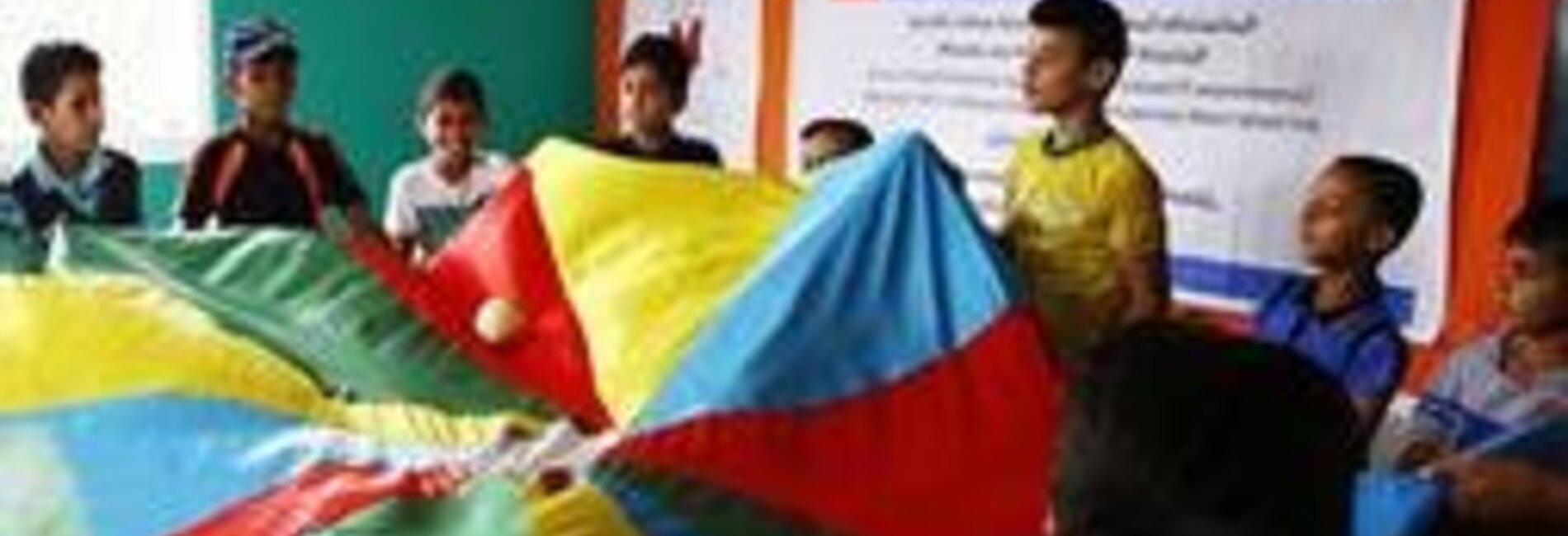Overview | August - September 2020
The humanitarian situation in the occupied Palestinian territory (OPT) in August and September continued to be dominated by the ongoing COVID-19 pandemic. On 24 August, the Gaza Strip detected its first infection cases in the community.[1] In response, the local authorities declared a state of emergency and enforced a lockdown, which has been gradually eased as the rate of transmission decreases. However, these restrictions have exacerbated already poor living conditions and related concerns in Gaza. Mental health is one such concern, as evidenced in the increase in suicide rates, which is the subject of one article in this Humanitarian Bulletin.
As of 10 September, 24 people, including four women and five children, have reportedly taken their lives, compared to 22 reported suicides in all of 2019. Attempted suicide by children has also reportedly increased sharply, with 44 such attempts in 2020, compared with eight in 2019. Recurrent violence, the ongoing blockade, deteriorating living conditions, and a sense of hopelessness are the main causes of mental health deterioration in Gaza. Funding for humanitarian interventions in this area, included in the 2020 Humanitarian Response Plan (HRP), is urgently needed, alongside the implementation of structural reforms to the mental health system in the OPT.
Another protection concern affecting residents of the Gaza Strip highlighted in this Bulletin is the threat of Explosive Remnants of War (ERW). Due to intermittent hostilities and clashes, ERW contamination exists in some residential areas, agricultural fields and among debris in Gaza, risking the lives of exposed groups, such as farmers, school children, and construction workers. To mitigate these risks, the United Nations Mine Action Service (UNMAS) conducts educational activities, and carries out emergency Explosive Ordnance Disposal (EOD) and risk assessments. However, UNMAS is also facing a serious funding crisis, which is likely to lead to the halt of such operations by the end of this year, exacerbating the risk for civilians, and undermining preparedness for future hostilities.
Agreements on the normalization of relations between Israel, the United Arab Emirates and Bahrain, signed in September, have reportedly led to the suspension of Israel’s annexation plans for parts of the occupied West Bank. However, senior Israeli and US officials had indicated that the plans have been only postponed;[2] consequently, the Palestinian Authority (PA) has not resumed bilateral contacts with Israel, which were suspended in May 2020 in response to the annexation threats.
To mitigate the impact of this lack of contact on people from Gaza, who have been referred to hospitals in the West Bank and Israel, the World Health Organization (WHO), since 6 September, is operating a temporary coordination mechanism to support the approval of Israeli exit permits patients for patients and their companions.
Other vulnerable people across the OPT remain negatively affected by the ongoing lack of coordination. This is the case of Palestinians living in the most restricted part of H2, the Israeli-controlled area of Hebron city, which is also located in the governorate that became the epicenter of the pandemic. As described in another article, while in recent months these residents have been facing additional access constraints imposed by the Israeli authorities, they cannot rely any longer on the PA to intervene on their behalf with the Israeli authorities.
Palestinians living in the ‘Seam Zone’, the area between the Barrier and the Green Line, are another vulnerable population affected by pre-existing Israeli access restrictions and the current lack of PA support. Most of the communities in this area lack basic infrastructure and residents are obliged to pass checkpoints to reach workplaces and schools, as well as to maintain family and social relations in the remainder of the West Bank. Another article in this Bulletin focuses on Barta’a village, the largest and most populous in the ‘Seam Zone’. Since the construction of the Barrier, movement between the Barta’a enclave and the remainder of the West Bank is restricted to two checkpoints. Due to COVID-19 restrictions, these checkpoints have been closed for weeks at a time, or only permitted to allow the passage of emergency cases, which requires ‘prior coordination’ with the Israeli authorities, leaving the community further isolated.
[1] Until 24 August, all active cases were contained, having been detected among people who had returned to Gaza through the Rafah or Erez crossings, and were fulfilling the mandatory 21-day period in quarantine centres.
[2] Tova Lazaroff, “Netanyahu pledges annexation”, The Jerusalem Post, 31 August 2020; Middle East Eye, “Israel's West Bank annexation postponed for a year, not cancelled, says Friedman”, 30 September 2020.










